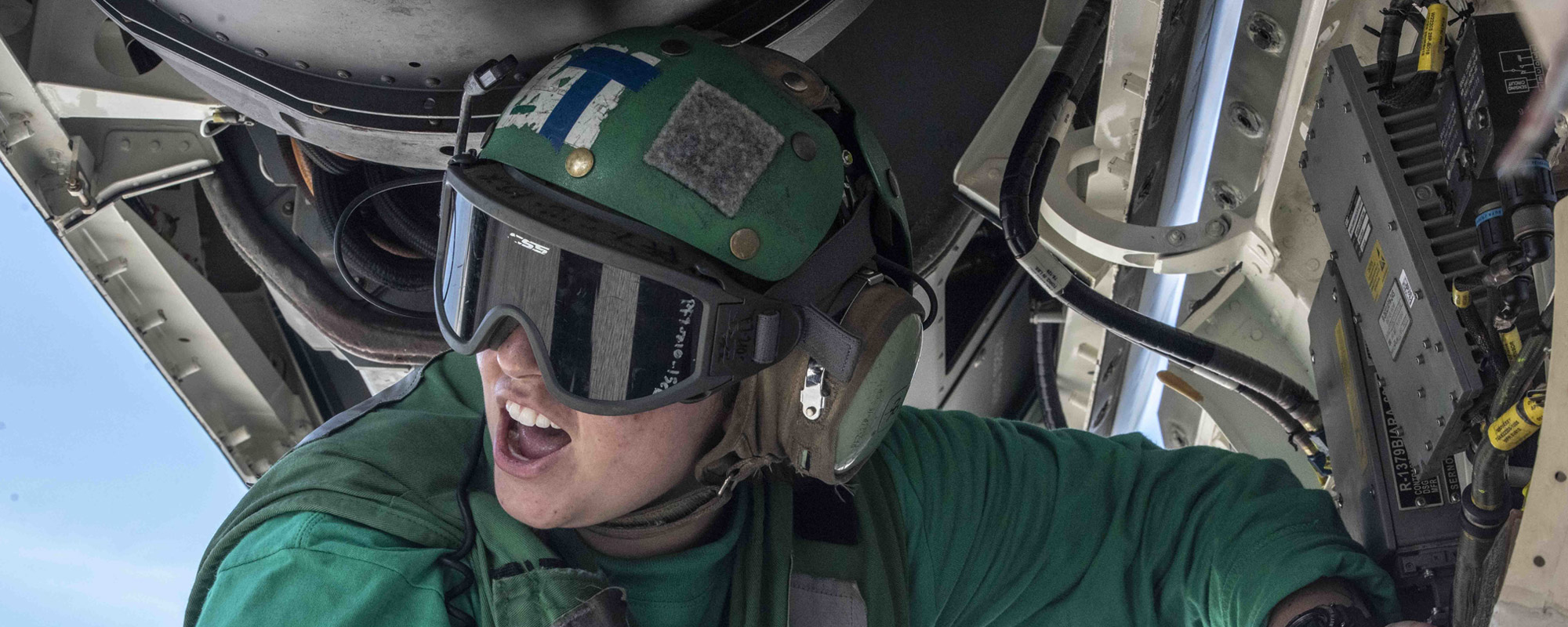In, From, and To Space: What It Takes to Fight in the Ultimate High Ground
The U.S. Space Force was founded to secure national interests in, from, and to space. These three prepositions are more than mission statements—they define how we compete in today’s high-stakes, “Space Race.” Yet the effectiveness of this mission depends not only on capability, but on integration.
From the Ground Up: Ensuring Combat Readiness Through Space Modeling, Testing, and Futures Planning
Testing space systems on orbit is costly, constrained, and risky. Yet readiness in space cannot be theoretical. In a contested domain where launch cycles are long and failure is costly, the United States must validate its capabilities before they leave Earth.
From Silos to Systems: How Collaboration Can Strengthen America’s Semiconductor Future
In the final installment of our four-part series, Christian Cabaniss, SPA Military Operations Analyst and USMC Col Ret, outlines why America’s semiconductor future hinges on breaking down silos. With billions invested and national security at stake, disjointed efforts across agencies and industry create dangerous vulnerabilities. This piece explores what holistic planning really means—from pro
Infrastructure Matters: The Hidden Challenges Behind America’s Semiconductor Ambitions
New chip fabs are being planned nationwide—but without power, permitting, and people, they may never run. In Part 3 of our semiconductor resilience series, Christian Cabaniss, military operations analyst at SPA and USMC Col Ret, highlights the massive infrastructure challenges behind domestic chip production. From 20-year permitting timelines to critical labor shortages, this piece details why c
Risk vs. Uncertainty: Building Resilience into America’s Semiconductor Future
What’s the difference between risk and uncertainty—and why does it matter for national security? In Part 2 of our series, Christian Cabaniss makes the case that static planning models are failing America’s semiconductor strategy. From Taiwan’s outsized role to fragile, global supply webs, the reality is more complex than risk assessments suggest. This piece offers a blueprint for resilienc
Beyond the Chip: Why National Security Depends on the Entire Semiconductor Ecosystem
For most Americans, semiconductors remain invisible—embedded in smartphones, appliances, cars, and computers without a second thought. But for those in national security and defense policy, the global semiconductor industry is now front and center, tied to questions of military readiness, economic resilience, and geopolitical competition.




